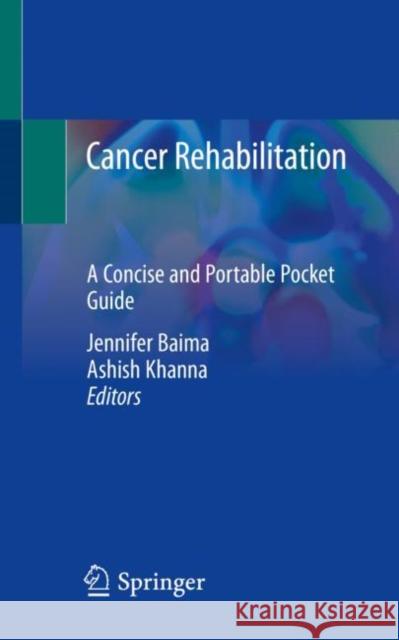Cancer Rehabilitation: A Concise and Portable Pocket Guide » książka
topmenu
Cancer Rehabilitation: A Concise and Portable Pocket Guide
ISBN-13: 9783030444617 / Angielski / Miękka / 2020 / 190 str.
Kategorie BISAC:
Wydawca:
Springer
Język:
Angielski
ISBN-13:
9783030444617
Rok wydania:
2020
Wydanie:
2020
Ilość stron:
190
Waga:
0.27 kg
Wymiary:
20.32 x 19.56 x 1.02
Oprawa:
Miękka
Wolumenów:
01
Dodatkowe informacje:
Wydanie ilustrowane











